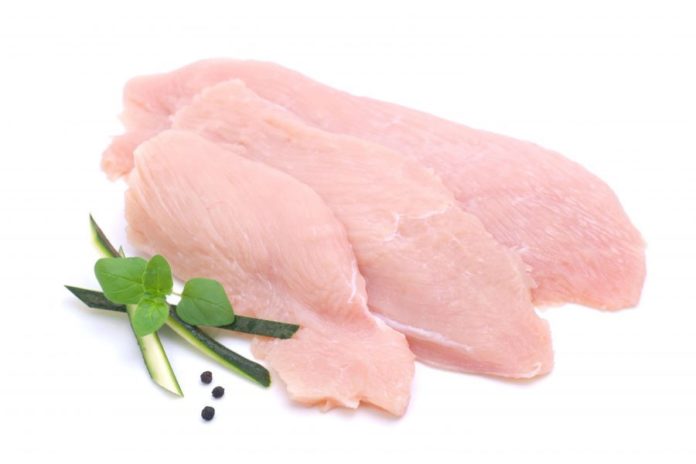Road trips with raw food

Planning to hit the road with your raw-fed dog this summer? Here are some tips and suggestions for packing and storing his raw food so it stays fresh.
When taking your dog on a summer road trip, packing his food is pretty straightforward if it’s in cans or bags. If he eats a raw diet, however, whether frozen or homemade, you need to do some extra planning and preparation to ensure the food stays cold and fresh.
Last summer, we traveled across the country with our two raw-fed dogs with no frustration or problems. In the past, though, it wasn’t that easy, and we had to learn the hard way how to make sure our dogs had fresh raw food for the duration of our trips.
Preparing for your trip
- If you’ll need overnight accommodations on the way to your destination, select dog-friendly air-conditioned hotels or inns that are close to grocery or pet supply stores. This gives you a nearby source of fresh food for your dog if something happens to the food you’ve packed.
- If your dog eats a frozen raw diet that’s already packaged and portioned, you can probably skip this step. For a homemade diet, prepare, divide and package your dog’s raw food meals into plastic zip bags, about a week before your trip. If your dog eats twice a day, package the morning and evening portions in separate bags; for example, if you’re traveling for three days with one raw-fed dog, create six single portions for the trip. Once each bag is filled, remove excess air by rolling it up like an eggroll, zipping it shut and freezing for at least 24 hours.
Keeping his food cold
Ensuring your dog’s raw food stays cold and fresh is by far the most challenging part when traveling during hot summer weather. Overall, we have found that a high quality cooler (see below) does a great job keeping raw meals cold – but there are a few tricks to it.
Packing the cooler correctly is key. It’s best to fill it completely with ice and then vertically submerge the frozen food bags deep into the ice. Make sure every part of every bag is covered thoroughly with ice.
To defrost the food during travel, place one day’s worth of meals between the ice-filled cooler and the lid. Allowing meals to thaw on top of the ice, while still being kept inside the cooler, ensures the food is kept at a temperature below 40°F.
Additional tips to slow ice melting
While coolers have evolved for the better over the years, it’s best to still follow a few best practices to help inhibit ice melting.
- Store your personal drinks and snacks in a separate cooler so you’re not opening and closing your dog’s cooler more than absolutely necessary. This is wise for the purposes of hygiene as well, given that your dog’s food includes raw meat.
- Keep the cooler inside your vehicle with the air conditioning on (your car should have AC in any case, if your dog is traveling with you). Keep breaks short so the cooler isn’t sitting in a hot car for too long.
- During extremely hot travel days, even the air conditioning struggles, so wrap a sleeping bag around the cooler for insulation. Invest in a temperature probe, and keep it inside the cooler to monitor temperatures.
- At night, bring the cooler into your hotel room. Fill it completely with fresh ice each morning and night – purchased bags of ice last much longer than free hotel ice.
During extremely hot travel days, even the air conditioning struggles, so wrap a sleeping bag around the cooler for insulation.
When raw food thaws
As a general rule, raw food is safe to eat three to four days after it’s thawed – but only if it’s kept below 40°F. Above that, bacteria starts growing in the food, and that can make you and your dog sick. Keep in mind that raw food starts thawing quickly in cheap coolers, and can reach over 40°F within four to 12 hours. So again, invest in a high quality cooler, replenish the ice frequently, and take the above steps to help slow thawing. However, if you’re ever in doubt about the food, throw it out and make a stop at the next grocery or pet supply store for a fresh supply.
Buy a good quality cooler
In the past, we tried various brands and sizes of cooler, but didn’t have much luck with them. Once, we even tried traveling with a small portable freezer (resembling a miniature refrigerator) that plugged into our car’s power supply. It didn’t work out well, and our dogs’ food thawed within 12 hours. The freezer had a difficult time maintaining a temperature of 40°F, so we lost several days’ worth of raw dog food.
Once the new and improved coolers came on the market, we decided to splurge on a very expensive one. It worked beautifully and was a great investment. Our dogs’ raw food was kept below 40°F for three full days with minimal ice melting. So be sure to buy the best quality cooler you can afford for your dog’s raw food.



